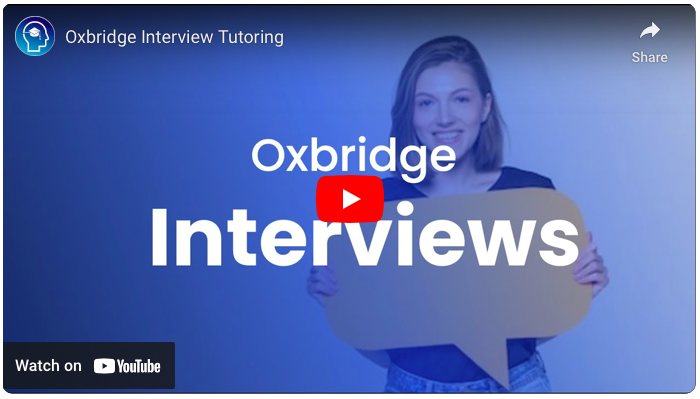Overview:
The Fine Art course is a three-year studio-based BFA programme that focuses on the creation and study of visual art. The curriculum is centred around nurturing individual students’ potential as well as imagination. Students also collaborate in organised studios, thus benefiting from the unique position of being part of a collegiate university. This, in turn, provides interaction with peers from various disciplines.
The course’s primary goals are to foster strong independent perspectives. It also develops a mature understanding of critical discussions surrounding contemporary art and its global histories. The programme is therefore well-suited for motivated and resourceful students who can effectively manage their time within Oxford’s short terms.
The school’s close-knit environment integrates art history, theory, and criticism into the studio work. Moreover, the Ruskin School of Art maintains a productive relationship with Modern Art Oxford, an influential contemporary art space. Students also enjoy unrestricted access to esteemed University libraries and museums. These include the Ashmolean and the Bodleian Art, Archaeology, and Ancient World Library.
| UCAS Code | W100 |
| Minimum Entrance Requirements | A-levels – AAA (or AAB for candidates who have undertaken or completed a post-18 Art Foundation course*) Advanced Highers – AA/AAB IB – 38 (including core points) with 666 at HL Applied General Qualifications: BTEC and Cambridge Technical Extended Diplomas: DDD UAL Applied General Extended Diploma (2018-): HM (High Merit) |
| Admission Test for Fine Art at Oxford | None |
| Subject Requirements for Fine Art at Oxford | Art – highly recommended |
| Extras things admission tutors look for | Written Work: Digital portfolio (but no written work required) Portfolios (consisting of videos, photographs, audio files, and PDFs) must be submitted digitally via an online platform called SlideRoom. The link will then be emailed to students shortly after they have completed the UCAS application. Submission deadline: 6 pm, Thursday 2 November 2023 |
| Duration | 3 years (BFA) |
| Admissions Statistics | Interviewed: 26% Successful: 12% |
| What is Fine Art at Oxford? | Fine Art at Oxford emphasises individual potential, collaborative studio work, as well as engagement with contemporary art discourse. Students also interact with peers across disciplines due to Oxford’s collegiate structure. The curriculum aims to develop independent perspectives as well as a mature grasp of contemporary art’s critical debates. Furthermore, the programme’s intimate environment integrates art history and theory, and students benefit from partnerships with Modern Art Oxford and University libraries and museums. |
| What Colleges Offer Fine Art at Oxford? | Brasenose College, Christ Church, Exeter College, Lady Margaret Hall, Magdalen College, New College, The Queen’s College,St Anne’s College, St Catherine’s College, St Edmund Hall, St John’s College, Worcester College |
| Structure of the Fine Art Course at Oxford | Year 1 Practical studio-based work, including human anatomy. Tutors also require three submitted essays in the history and theory of visual culture. Year 2 & 3 Assessment (Year 2) Submission of three history and theory essays. Assessment (Year 3) An extended essay; a portfolio of work made during the second and third years and an accompanying exhibition General A one-to-one studio-based tutorial focusing on the individual student’s artwork A group critique of student artwork A skills-based workshop A history and theory lecture and seminar A talk by a visiting speaker. Usually, students will spend much of their time working in their studio spaces, where specialists in the art-making techniques available at the Ruskin will support them. |
| Common Careers after Fine Art at Oxford | Graduates of Fine Art at Oxford secure opportunities in: The Arts sector as practicing artists Teachers Curators Art Writers Fabricators And Technicians Public And Private Museums & Galleries Community Arts Organisations Culture & Heritage Councils And Institutions Many also pursue careers in academia, architecture, and the film and digital media industries. |


